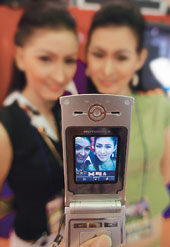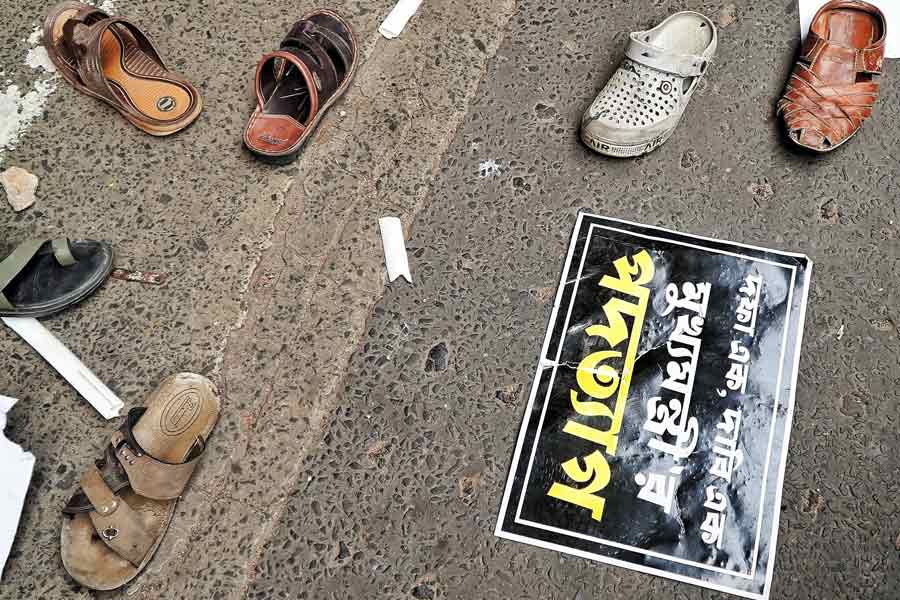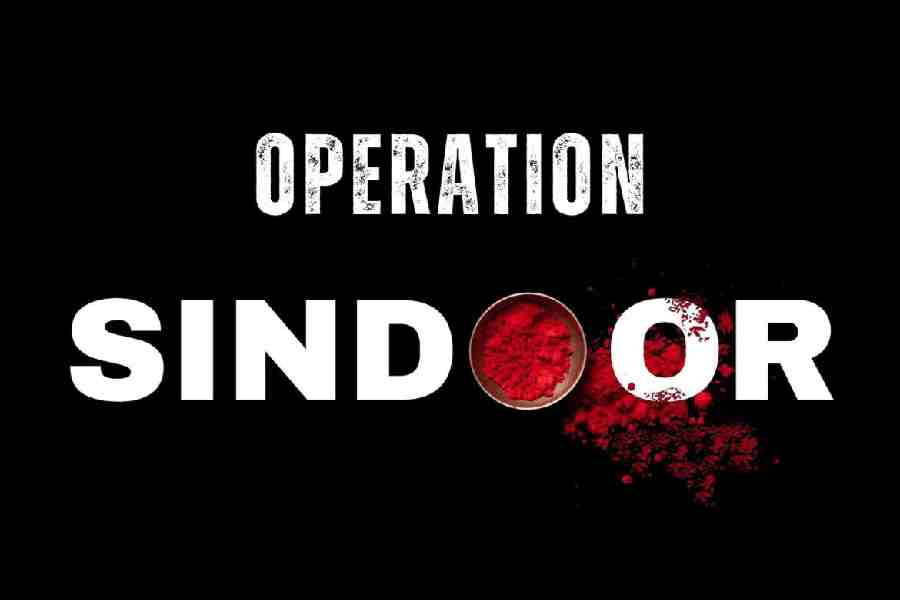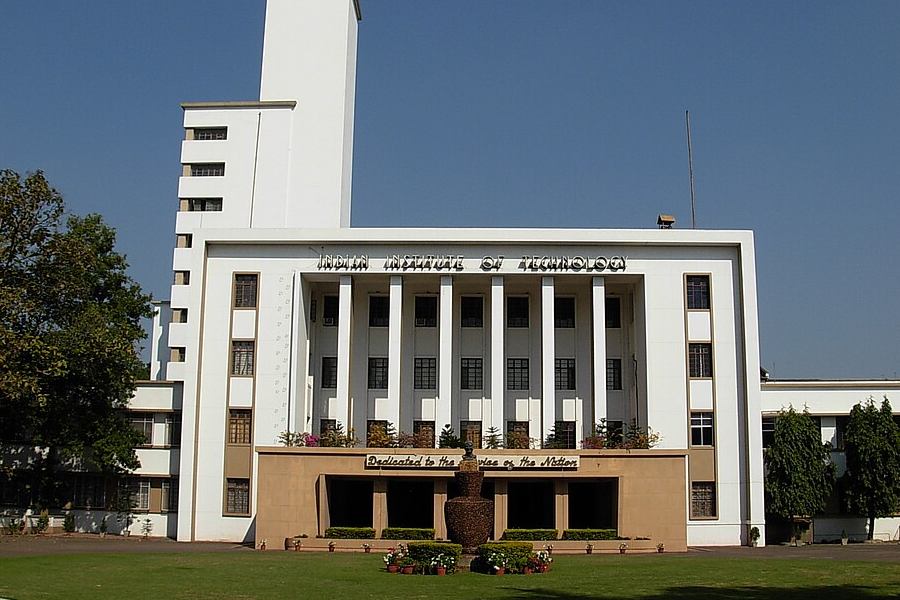 |
| CANDID CAMERA: Changes in technology cannot throw out moral responsibility. Photo: Reuters |
New Delhi?s Palika Bazaar is a pirate?s paradise. Be it the latest foreign films on Video Compact Discs (VCDs), or imported sex toys, everything is available for a price. But last month some shopkeepers made a small packet selling a porn VCD showing two teenagers from a New Delhi public school engaging in a sexual act. The act was filmed through a camera phone and circulated via Multimedia Messaging Service (MMS). Later, it was copied on VCD and also sold through an Internet auction house.
That?s not all. These days, despite increased police raids, the shops in Palika Bazaar are known to be selling a hot, new product on the sly. These are VCDs of honeymooning couples secretly filmed through a spycam by hotel authorities.
Sexual cyber crime is getting more and more complicated in the age of MMS. And the law appears ill equipped to check the surge. Technology has galloped at the speed of light whereas lawmakers have trudged slowly and cautiously. As a result, new crimes have left law enforcers baffled. Says senior Supreme Court lawyer Rajeev Dhawan, ?We need to review the IT Act and look at it from the point of view of responsibility.?
When the IT Act came out in 2000, camera phones were a rarity. And the MMS hadn?t then arrived. No surprise, the law does not provide for effective regulation of phone cameras, either the creation or the dissemination of its content. As experts say, the Act only limits itself to a generic legal framework where future developments could be covered.
In the current situation, while some aspects are covered by the law, others are not. For instance, the law is silent on defamatory content if sent through an SMS or MMS. As cyber law expert Pavan Duggal illustrates, if someone sends out a concocted and damaging SMS, the law doesn?t really provide for an effective remedy. ?This is because the Indian Penal Code?s definition of defamation is primarily related to the actual world and not to the electronic world or cyberspace,? he says.
There are many other gaps in the IT 2000 Act. Even in matters related to content that might endanger national security, the law is silent. For example, it doesn?t look at the possible consequence of someone copying classified government documents or photographing army installations and circulating them through an MMS.
While the law has the power to intercept ? the Controller of Certifying Authority can permit any government agency to intercept a message, if need be ? it is applicable only when something is detected. Says Duggal, ?The law should be more pro-active on this account and must provide for effective deterrence.? The threat to national security is potentially greater because even at the technological level, certain grey areas need to be addressed. For example, at the service provider level, no record of an SMS or an MMS is available. ?I am given to believe that unlike a phone call, an MMS is not stored at the end of the service provider. So tracing it is a very complex exercise,? says Duggal.
The law also doesn?t provide guidelines to manufacturers of cellular equipment providers either. Pick up any cellphone. Go through its list of features: none of them has privacy protection features.
Experts believe that the government should take a leaf out of South Korea?s book. In July 2004, Korea made it mandatory for all cell manufacturers to install a beep audible within a radius of 10 feet before using the camera phone. The idea was to warn the target that he or she was being photographed.
Of late, morphing has become another major problem. Late last month southern film actress Trisha lodged a complaint with the Chennai police that a morphed video of her having a bath was circulating on the Internet.And the porn CD case involving former Miss Jammu Anara Gupta took a dramatic turn late last week, when forensic experts ruled that she is not the woman in the clip. Nonetheless, over 50 websites and links on the net are showing her video. It is said over 30,000 CDs of her morphed video have been sold in Jammu alone.
Cyber law experts believe that both these cases highlight the law?s inability to anticipate and control such incidents. Section II of the IT Act defines a computer as a magnetic optical device with data processing functions. ?In Gupta?s case, the law is applicable because the data is in electronic form. But the Act is silent on the issue of morphing,? says Duggal.
Experts suggest a host of solutions to ensure that an individual?s privacy is protected. According to them, appropriate mechanisms need to be installed at the service provider level to monitor and intercept MMS whenever necessary. Says Duggal, ?The law should also provide for damages to the victims. The offender should be liable to criminal penalty as well.?
Senior advocate Dhawan looks at the big picture. ?The issue of responsibility and its various shades need to be examined,? he says. ?Changes in technology cannot throw out the moral responsibility of the content.? Clearly, the law needs to evolve with the times.











